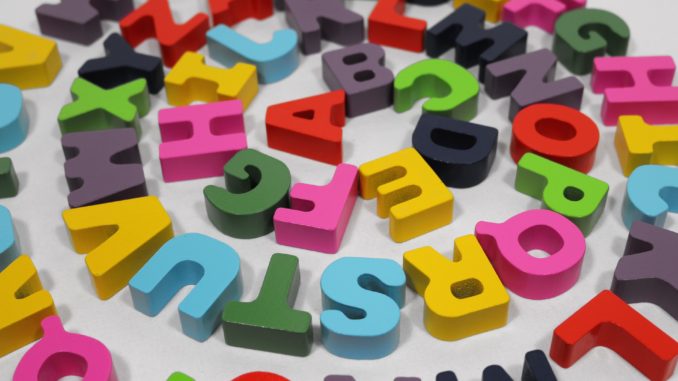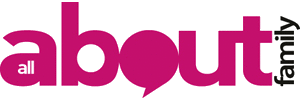
Most schools in the UK teach children how to read and write using phonics, as recommended by the current Government. Synthetic phonics refers to synthesising, or blending, the sounds to read words.
Learning to read using phonics isn’t a new concept, but in the past, it has been used in combination with other methods, such as ‘look and say’ and predicting words based on pictures or context.
At school, children quickly become familiar with ‘phonemes’ (sounds) and ‘graphemes’ (ways of writing down the sounds). In some languages, learning phonics is easy because each phoneme has just one grapheme to represent it. In the English language however, there are 44 phonemes, 120 graphemes and just 26 letters. So, the same phoneme can be represented by different graphemes depending on the word, e.g. hay, they, maid, ate. Also, the same grapheme can represent different phonemes, e.g. ‘ch’ in ‘chop, chef, school.

When children first learn to read, it is the phonemes that are more important than the letter names. Different schools use different phonics programmes, but it is likely that your child will learn their letter sounds in small groups together and then work on blending them to make words. The first sound group is normally – ‘s, a, t, p, i, n’. Once children know these sounds, they will be encouraged to blend them together to make words, such as ‘s – i – t’.
The most important thing to get right when helping your child learn phonemes at home is to pronounce them correctly. This might seem obvious, but your child should learn to say the sound at the beginning of ‘mat’ as ‘mm’ sound rather than ‘muh’. There are lots of websites to help with letter sound pronunciation, such as www.oxfordowl.co.uk – (follow the link for ‘expert help’.)
The more you can do at home to help children recognise and say letter sounds, the better. The speedier children become at recognising letter sounds, the easier it becomes to blend them together and learn to read.
Using phoneme flashcards can be a helpful way to introduce the sounds. These can bought or homemade. Play as many games as you can to reinforce the sounds such as:
- Phonics tray games – Collect a range of objects on a tray and get children to identify which one begins / ends with / includes particular phonemes or graphemes (using flashcards).
- I Spy – Using flashcards. It’s an old favourite, but still works. Use the flashcards to help build the link between the letter and its associated sound.
- Magnetic Letters – Make the most of these on your fridge and around the house. These can be easily moved around to make different words – nonsense words as well as real.
- Shaving Foam! – Have fun practising writing letter sounds with your finger in shaving foam on your kitchen table. If you want to get really messy – add a little paint!
